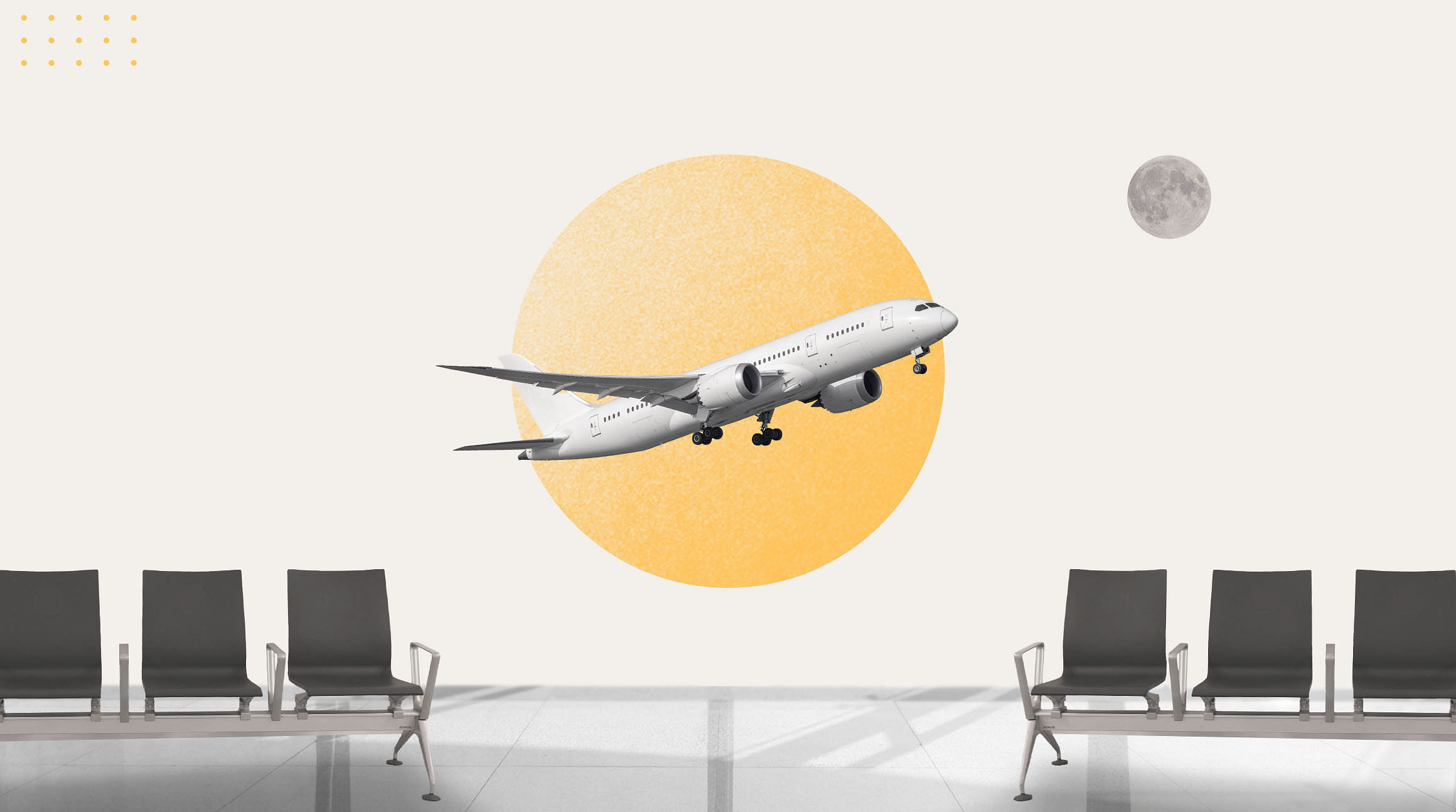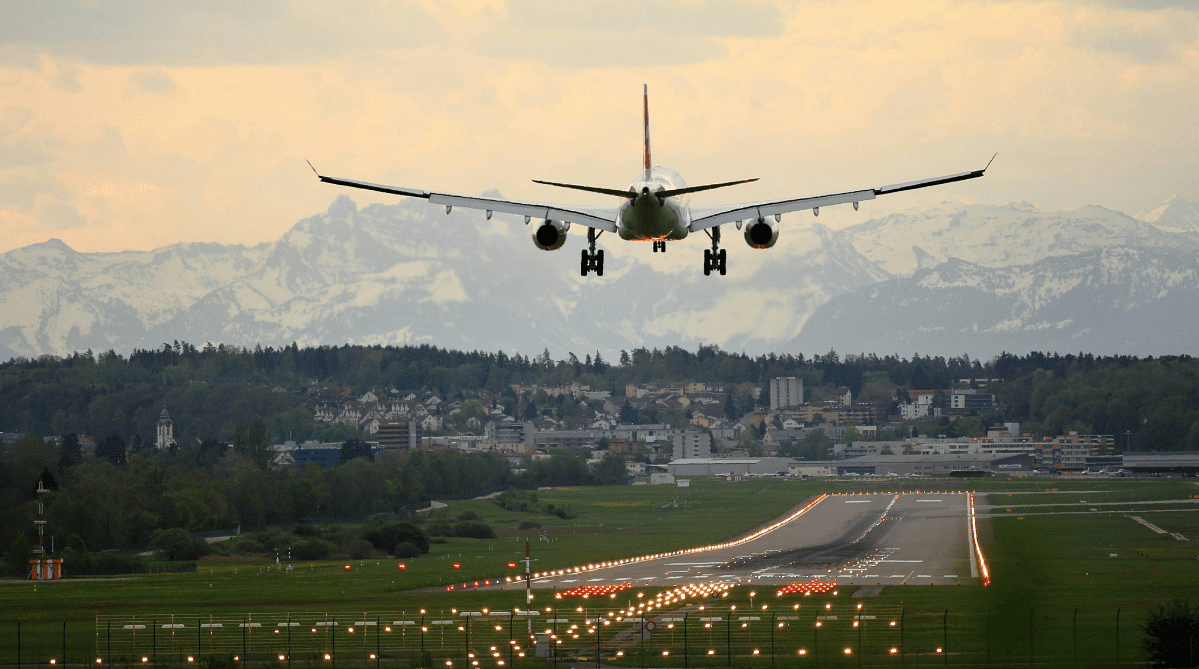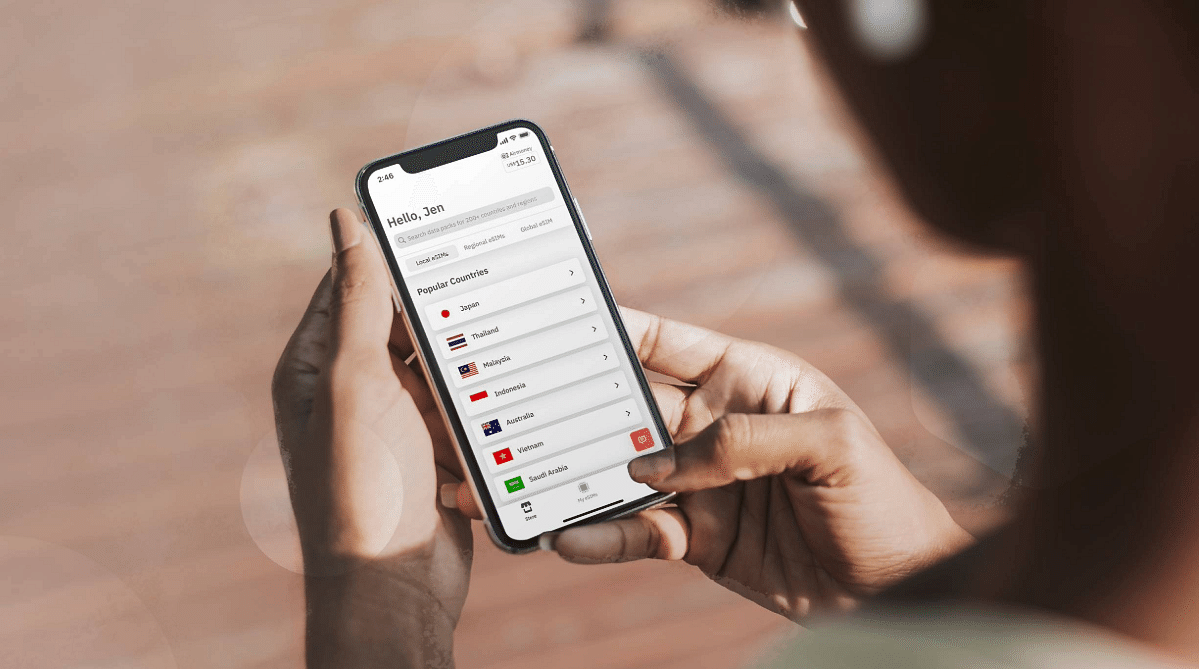No products in the cart.
Uncategorized
What are Layover, Stopover, and Open-Jaw Flights?

Are you planning a flight but unsure which option is best for you? You’ve probably heard air travel terminology, like layovers and stopovers, a million times, but exactly what are layovers and stopovers, and how do they differ from a connecting flight or an open-jaw flight? Below, we’ll discuss everything you need to know!
 Unsplash
Unsplash
What Is a Layover?
So, exactly what is a layover? Technically, it’s a connecting flight. Many airlines define a layover as a connection time of less than four hours if traveling domestically and less than 24 hours when traveling internationally.
An example of a layover is a traveler who wants to fly from San Francisco to Glasgow. As there are no direct flights between the two cities, the passenger may require a layover of two hours at Heathrow Airport. This passenger can spend time here wisely by duty-free shopping, grabbing a bite to eat, and getting in some steps around Terminal 5 before continuing on to their final destination — Glasgow. Layovers can range anywhere from minutes to hours. Passengers often have to change gates and planes, but that’s not always true.
What Is a Stopover?
Stopovers are different from layovers in that they are usually longer. While a layover is usually less than a day, a stopover is often a full 24 hours.
An example of a stopover would be the same passenger in the example above who wished to stay in London for a longer period of time before traveling to Glasgow. Maybe the traveler flies from San Francisco to London, stays two nights in London to see the sights, and then continues on to their final destination — Glasgow.
 Unsplash
Unsplash
What Is a Multi-City Connecting Flight?
Pretty self-explanatory, a multi-city connecting flight is exactly how it sounds — a ticket with more than one single destination. Travelers can book flights to multiple cities via connecting flights. For example, a multi-city connecting flight might look a little something like this: San Francisco to London, London to Paris, Paris to Dublin, Dublin to Glasgow. In this case, a passenger will visit each of these cities via a connecting flight. They can opt for stopovers or layovers to see more of each city before departing to their final destination.
What Is an Open-Jaw Flight?
Open-jaw flights work a little differently. An open-jaw flight is two or more planned flights with an open section in the middle of the trip. It’s cleverly named because the outbound and return flights form an open “V” shape, mimicking a mouth or jaw.
An example of an open-jaw flight might be a flight from San Francisco to London and then Paris to Glasgow. Travelers start their itinerary in San Francisco and end in Glasgow, but in the middle, there is an open jaw between London and Paris. An open-jaw flight does not cover travel between London and Paris. The traveler will fly from San Francisco to London and get themselves from London to Paris however they wish, whether by plane, car, train, or any other mode of transportation. After arriving in Paris, the traveler would pick up the second part of the open jaw, the Paris to Glasgow flight, to complete their journey.
It’s important to note that open-jaw flights don’t have to begin and end in the same place. They also don’t have to be limited to two flights. For example, an open-jaw flight could also be from San Francisco to New York, New York to London, and Paris to Glasgow. This gives you an open jaw between your originating point and your return point (San Francisco and Glasgow), as well as an open jaw from London to Paris. This example also gives the traveler either a layover or a stopover in New York. Travelers will, of course, need to arrange their own transportation for the open-jaw sections of the trip. Open-jaw flights are a fantastic opportunity to see the world. They offer a little flexibility while traveling to multiple destinations and provide the comfort of set flights.

Stay Connected With an eSIM
Traveling to multiple cities abroad? Stay connected when you travel is essential, and Airalo makes it easy. Simply purchase an eSIM, install it on your device, and instantly connect to a mobile network at your destination.
Here are a few reasons to use an Airalo eSIM when you travel:
- Connect to a mobile network within minutes of arrival.
- Choose from flexible local, regional, and global data plans.
- Eliminate the need to find a local SIM vendor.
- Say goodbye to expensive roaming charges.
- Store multiple eSIM data plans on your device.
Sounds good, right? Remember to get an Airalo eSIM to stay connected wherever you travel.
